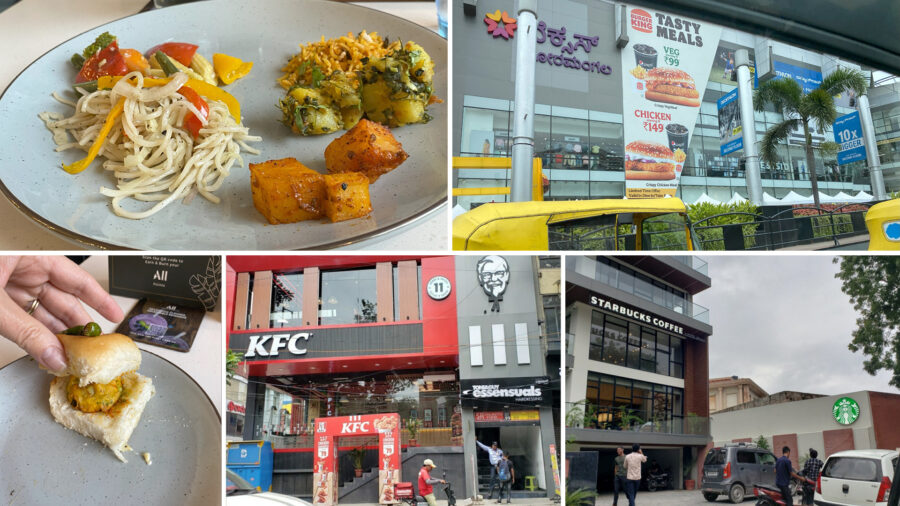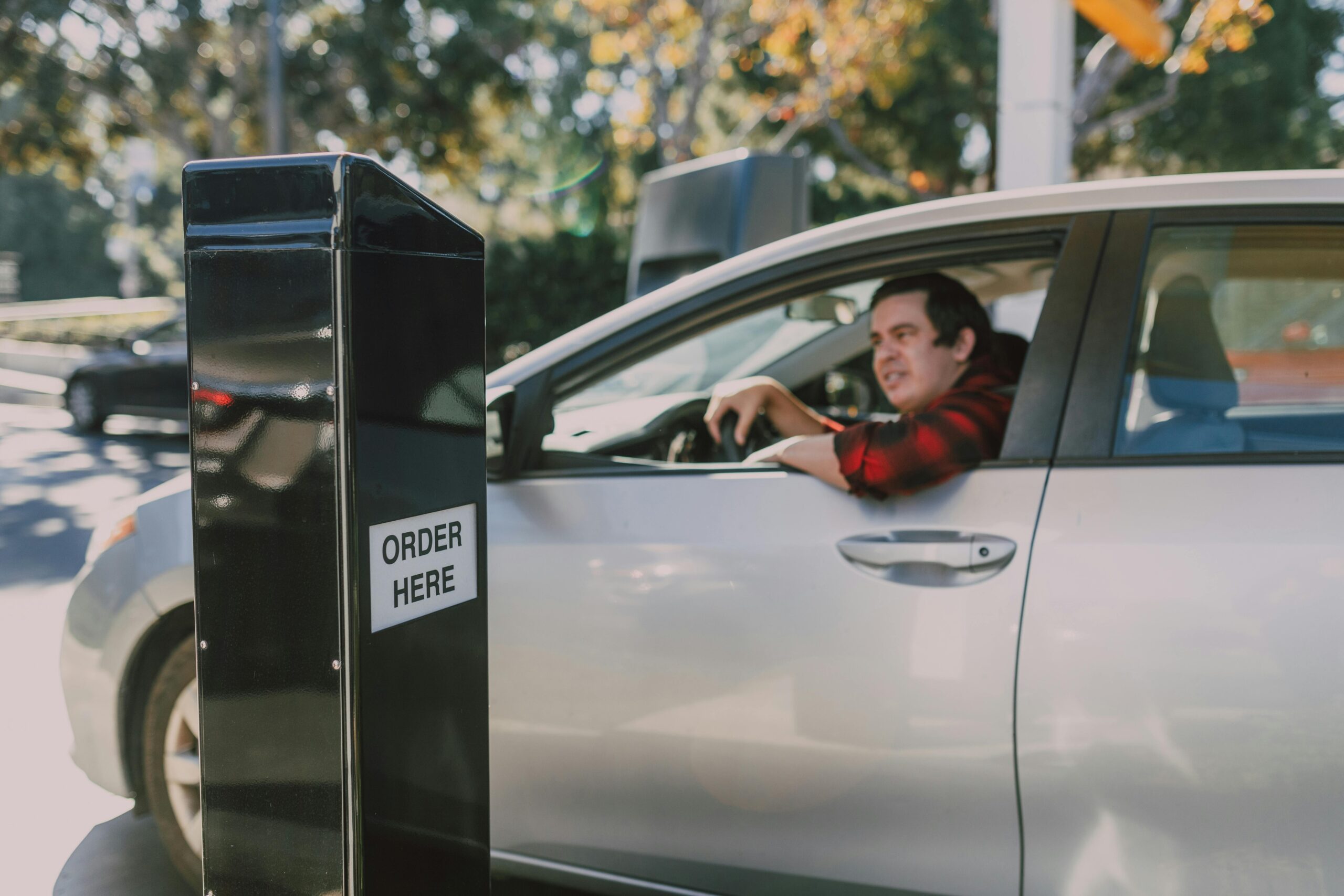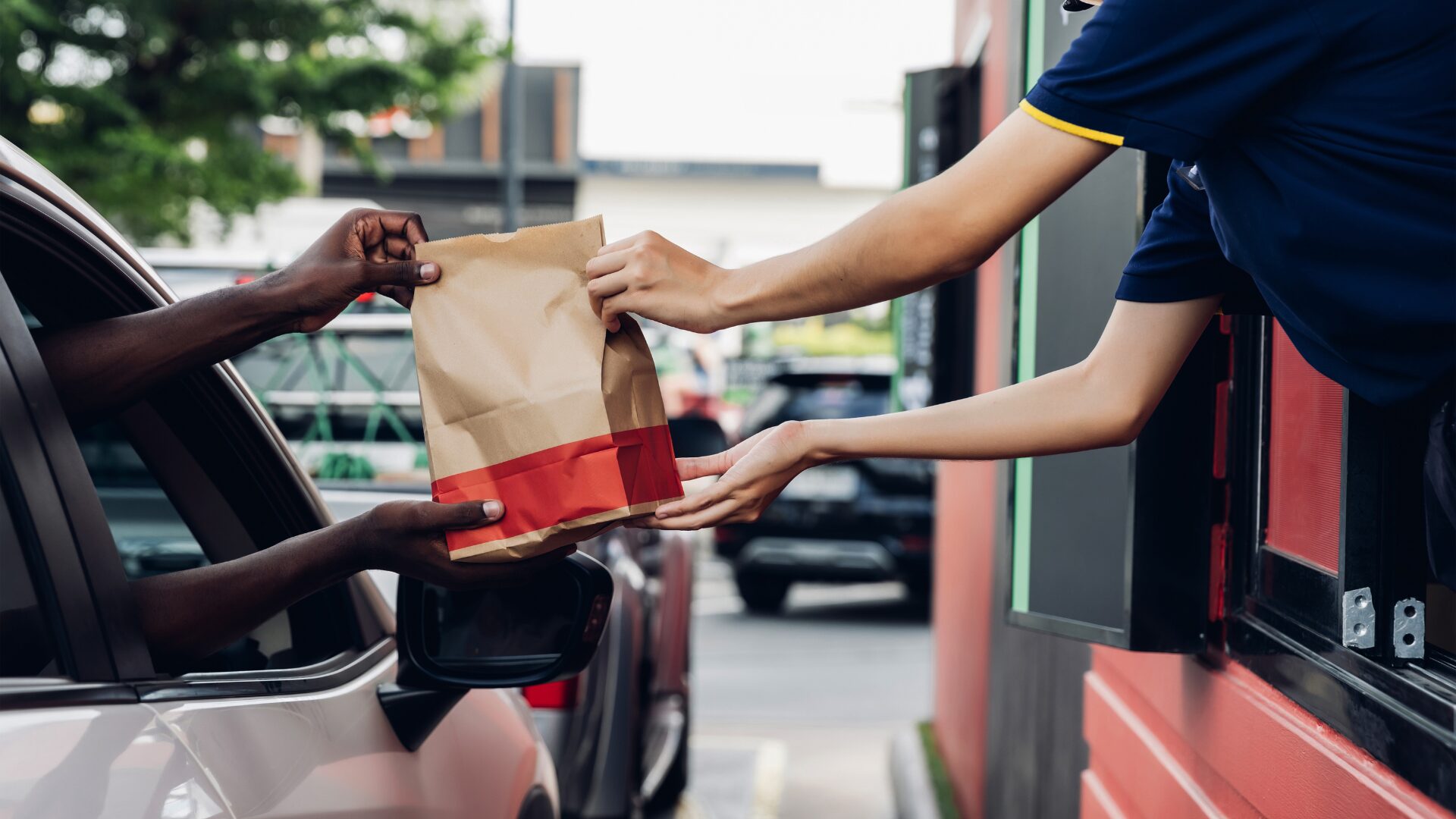BENGALURU, India – With its pride in native cuisine, large vegetarian audience, and shunning of beef, it might come as a surprise that QSRs present an investment opportunity in India. Today QSRs are less than 5% of the foodservice market in that country, while that figure is 20% globally, according to livemint.com.
Indian QSRs are expected to grow at a 23% CAGR between 2020 and 2025. Chains such as Pizza Hut, Dominos, KFC, Subway, Starbucks, and McDonalds are expected to benefit.
There are two trends that are making the situation ripe for growth: a growing middle class and interest in western lifestyles. The country’s class structure is moving from a pyramid to a diamond one. India’s middle class is currently 31% of the population and is expected to be 38% by 2031, according to the Economic Times.
Middle class Indians are more likely to live in a nuclear household and be college educated. Across the country’s landscape, interest in western culture is subtle, as temples and mosques abound. However, if you walk the streets of Bengaluru you rarely see younger Indian women wearing sarees; instead, they’re stepping out in dresses, jeans, and tunic and pants. For example, “denims are the most popular casual wear product among women.
In addition to adopting western dress, during my travels in India, I was regularly asked to take selfies with locals. Cab drivers and tour guides informed us that the reason behind these photo-ops is that some people are infatuated with western culture.
While 40% of Indians are vegetarian, there’s still a large addressable market open to omnivore cuisine, according to Pew Research. Fast Food chains present in India modify their menus to meet local needs by eliminating beef and pork from menus and instead offer chicken and vegetarian burgers, vegetarian sides, and spicy versions.
I had a chicken burger from both Burger King and McDonald’s during my travels. I paid 179 rupees (equivalent to $2.17) for my McDonald’s chicken burger meal, which seemed reasonable. However, other western items I purchased were very expensive (beer or wine as an example), so it’s important that new QSRs find a way to profitably service Indian consumers at reasonable prices.
While there’s opportunity for U.S. restaurants, India’s industry groups are raising the alarm about the surge of foods high in salt, sugar, and fat.
A coalition of consumer advocacy groups led by the Nutrition Advocacy in Public Interest is advocating tougher restrictions in marketing and packaging of foods. Companies like Dominos, Pizza Hut, and CPG manufacturers may be impacted by the legislation. There has already been some progress in this area. India passed the Consumer Act of 2019 as a step in that direction but enforcement in food regulation is in the infancy stage.












